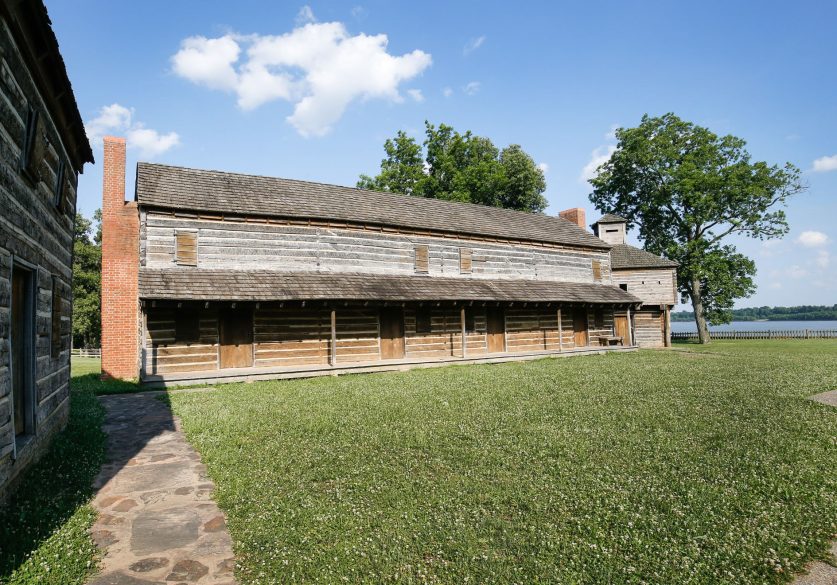
The only true wisdom is in knowing you know nothing. You can upload your own Wikipedia articles through: You can find other Wikipedia audio articles too at: You could even learn subconsciously by playing the audio while you are sleeping! If you are planning to listen a lot, you could try using a bone conduction headphone, or a standard speaker instead of an earphone. Now learn the vast amount of general knowledge available on Wikipedia through audio (audio article). increases imagination and understanding Written language only began at around 3200 BC, but spoken language has existed long ago. Listening is a more natural way of learning, when compared to reading. This is an audio version of the Wikipedia Article: We want to share our adventures and knowledge in hopes of changing the lives of others. We are able to do this because of the things we have learned over the past few years. My wife and I have quit our jobs and are taking our kids on a 1 year tour of the United States.


I hope you enjoy the video I created of this reenactment. At the southern point of Illinois, this great reenactment of wars that happened throughout the world was fun, entertaining and an honor to have seen to on our great adventure. War Reenactment at Fort Massac (2018) was one of the coolest things we have been to. A visitor center just north of the reconstruction includes a museum with Indian artifacts, mannequins in period clothing, and other exhibits that explain the history of the fort. Each fall, reenactors gather for the Fort Massac Encampment, which interprets life in the 18th century. In 2002, that structure was torn down, and a reduced-scale, but more detailed, version of the 1802 American fort was reconstructed. In the 1970s, a partial reconstruction of the 1794 U.S. The Fort Massac site became the first Illinois state park in 1908. In 1839 the city of Metropolis was platted about a mile west of the fort.

Local citizens dismantled the fort for its timber, and by 1828 little remained. It was again rebuilt in time to play a minor role in the War of 1812, only to be abandoned again in 1814. The Fort was damaged by the New Madrid earthquake in 1812. James Wilkinson met at Fort Massac where they allegedly drew up plans to conquer Mexico and the American southwest. In the Fall of 1803, the Lewis and Clark Expedition stopped at Fort Massac on its way west, recruiting two volunteers. military and commercial interests in the Ohio Valley. In 1794, during the Northwest Indian War, President George Washington ordered the fort rebuilt, and for the next 20 years it protected U.S. George Rogers Clark led his regiment of “Long Knives” into Illinois near the site of the fort at Massac Creek. In 1778, during the American Revolutionary War, Col. When Captain Thomas Stirling, commander of the 42nd Highland Regiment, arrived to take possession for Britain, he found nothing but a charred ruin. Following the end of the French and Indian War in 1763, the French abandoned the fort and a band of Chickasaw burned it to the ground.

Many early 19th-century sources claim that Massac was derived from a massacre that occurred at the site but there is no record of such a massacre. The name was changed in 1759, to honor of Claud Louis d'Espinchal, Marquis de Massiac, the French Naval Minister. Fort Massac was built by the French in 1757, during the French and Indian War and was originally called Fort de L’Ascension. Maps from the early 18th century show an Ancien Fort near this location. Legend has it that, as early as 1540, the Spanish explorer Hernando de Soto and his soldiers constructed a primitive fortification here to defend themselves from native attack. Fort Massac is a colonial and early National-era fort on the Ohio River in Massac County, Illinois, United States.


 0 kommentar(er)
0 kommentar(er)
